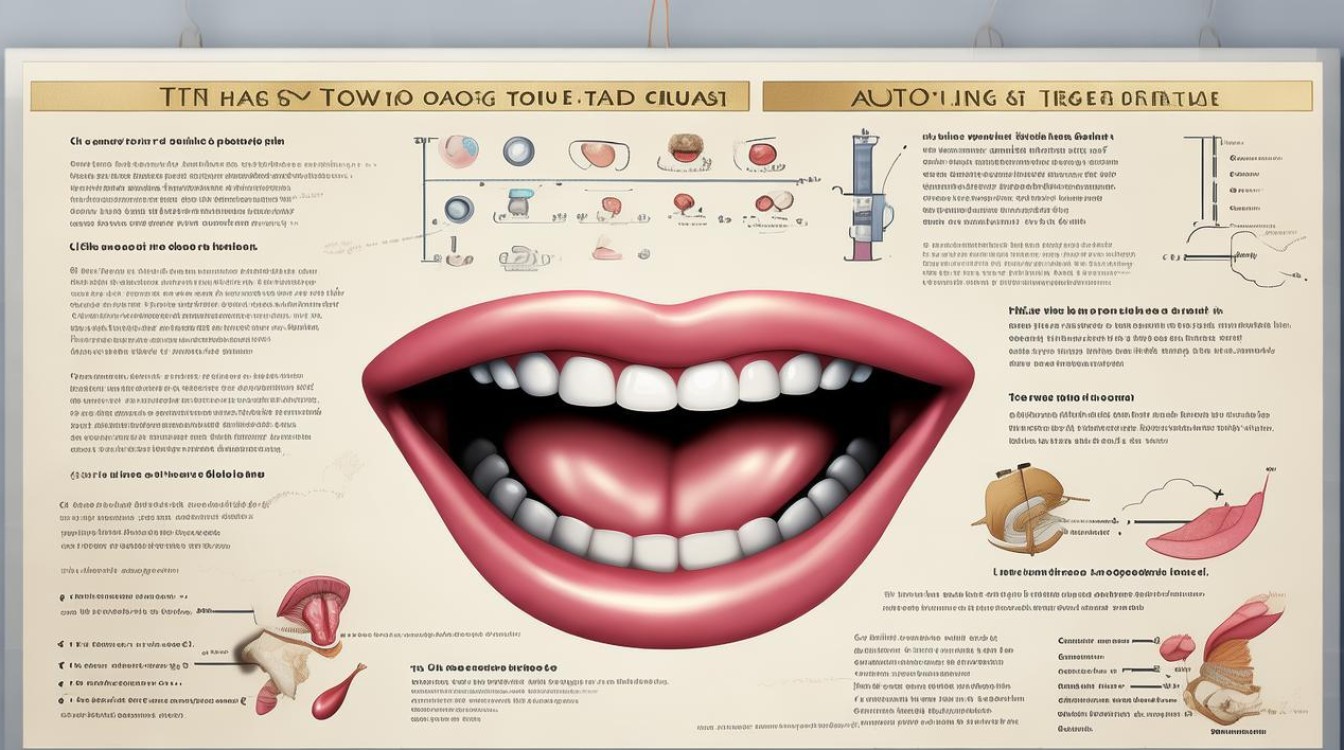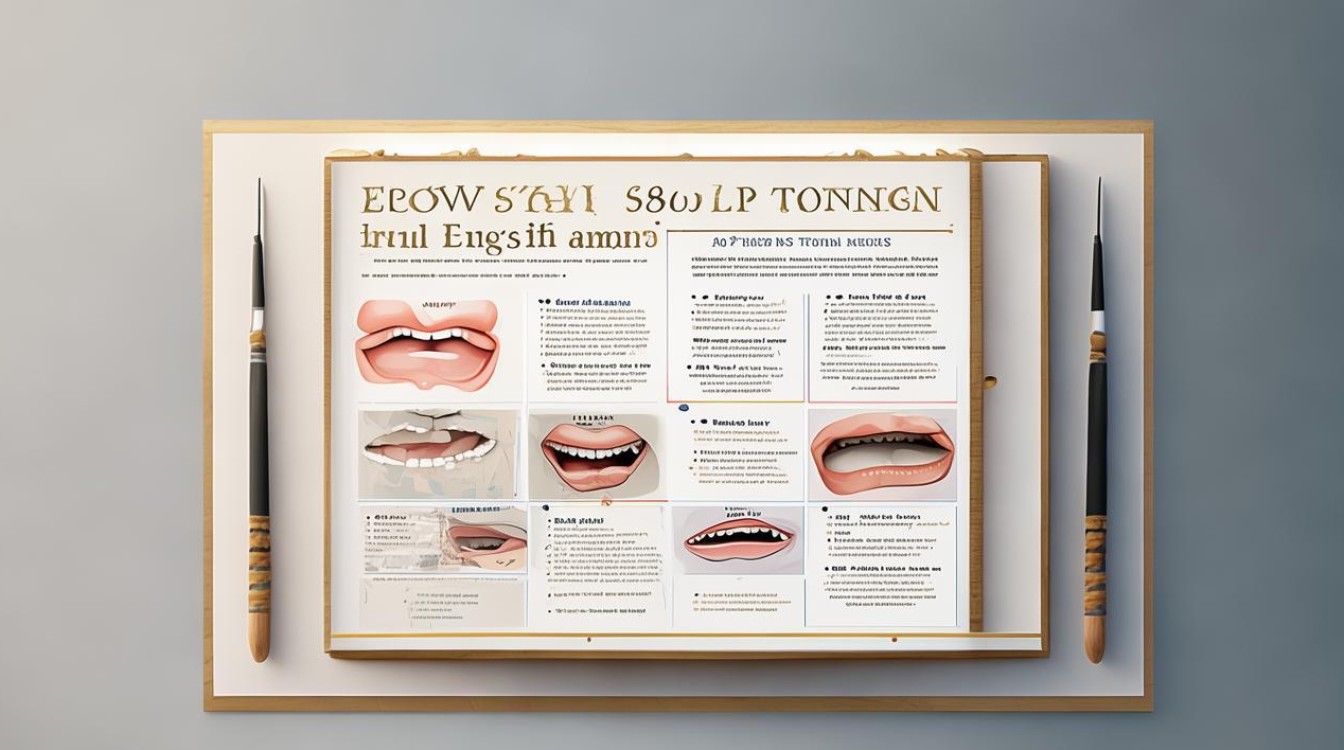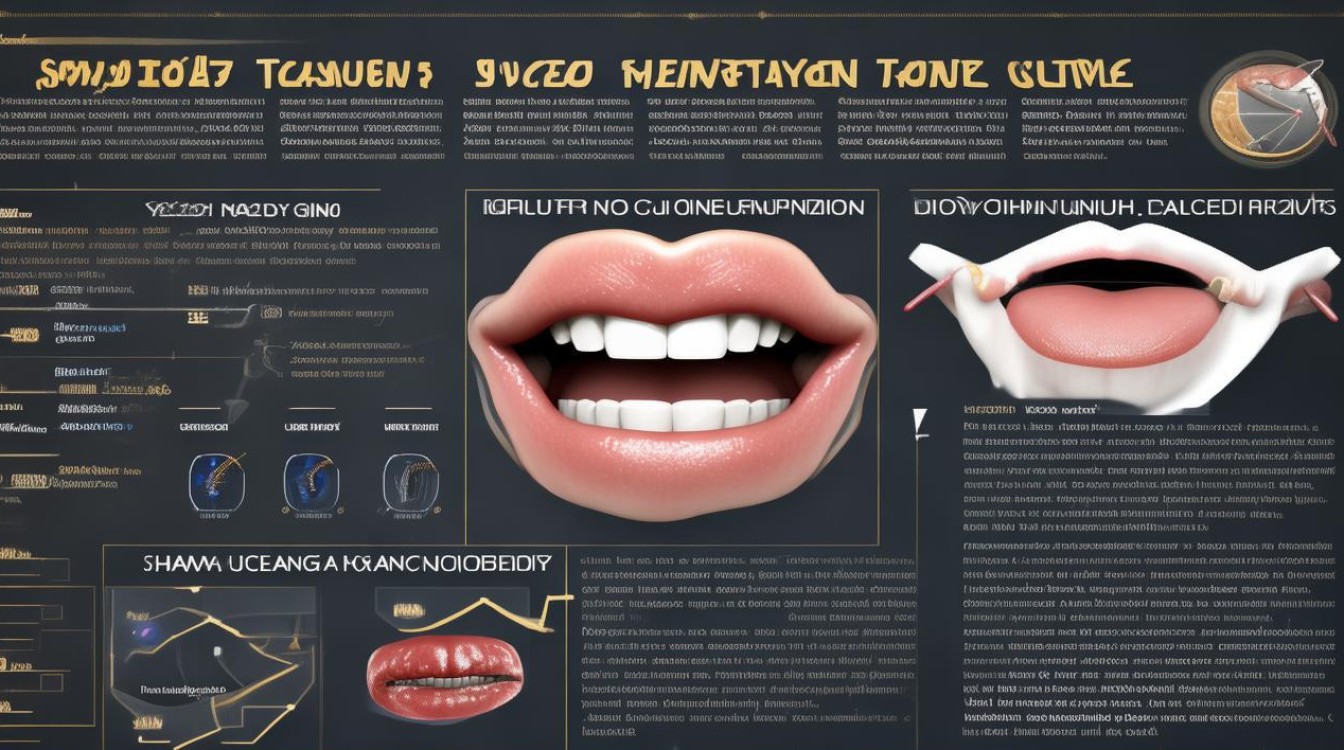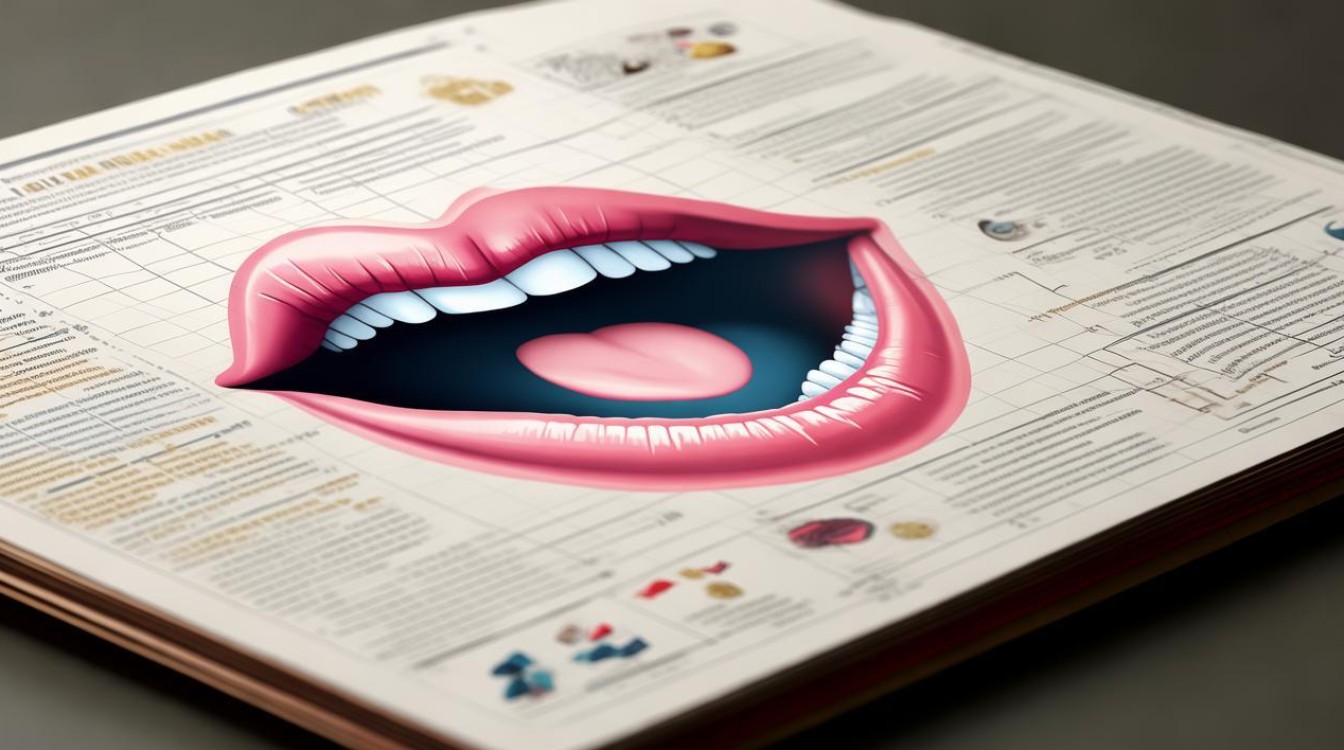The human tongue is a fascinating organ with multiple functions, from tasting food to aiding speech. If you're wondering how to say "舌头" in English, the answer is simple: "tongue." But this word carries more meanings and cultural nuances than you might expect. Let's explore the term in depth, covering its linguistic roots, common phrases, and even idioms where "tongue" plays a starring role.

The Basics: Tongue as an Anatomical Term
In English, "tongue" refers to the muscular organ inside the mouth. It’s essential for chewing, swallowing, and speaking. Here’s how you might use it in a sentence:
- She burned her tongue on the hot soup.
- The doctor examined his tongue for signs of infection.
The word originates from Old English tunge, which has Germanic roots. Over time, its spelling and pronunciation evolved, but its core meaning stayed the same.
Beyond Anatomy: Figurative Uses of "Tongue"
While "tongue" primarily describes a body part, it also appears in metaphors and expressions. Here are some examples:
-
Mother Tongue
This phrase means a person’s native language. For instance:- Spanish is her mother tongue, but she speaks English fluently.
-
Hold Your Tongue
A way to tell someone to stay silent:
- He wanted to argue but decided to hold his tongue.
-
Silver Tongue
Describes someone who speaks persuasively:- The lawyer’s silver tongue won the case.
-
Slip of the Tongue
An accidental mistake in speech:- Calling her by the wrong name was just a slip of the tongue.
These idioms show how deeply "tongue" is woven into English communication.
Tongue in Science and Medicine
Medical professionals use "tongue" to discuss health. Conditions like geographic tongue (a harmless map-like pattern on the surface) or tongue-tie (a restriction in movement) are common terms. Dentists and doctors often check the tongue for clues about overall health—such as dehydration or vitamin deficiencies.
Tongue in Culture and Language Learning
For non-native English speakers, mastering words like "tongue" is crucial. It’s not just about vocabulary; understanding idioms helps sound more natural. Here’s how learners can practice:

- Watch movies or shows where characters use expressions like "cat got your tongue?" (a playful way to ask why someone is quiet).
- Read books to see how authors describe speech or silence using "tongue."
Common Mistakes to Avoid
Some learners confuse "tongue" with similar-sounding words like "ton" or "tone." Remember:
- Tongue is incorrect; the right spelling is tongue.
- Pronounce it /tʌŋ/ (like "tung"), not "ton-goo."
Fun Facts About the Tongue
-
Unique Prints
Like fingerprints, everyone’s tongue has a distinct shape and texture. -
Muscle Power
The tongue is made of eight interwoven muscles, allowing precise movements. -
Taste Zones Myth
The idea that different tongue areas detect specific tastes (sweet, sour, etc.) is outdated. All taste buds can sense all flavors.
Practical Uses in Daily Conversation
To reinforce your understanding, try using "tongue" in different contexts:

- After the spicy meal, my tongue felt numb.
- She speaks with a sharp tongue when she’s angry.
- Learning proverbs is a great way to appreciate another tongue.
Why This Matters for Language Learners
Knowing how to say "舌头" in English is just the start. Grasping its figurative uses enriches your fluency. Whether discussing health, culture, or communication, "tongue" is a small word with big significance.
English is full of such versatile terms. The more you explore them, the more confidently you’ll speak—and maybe even develop a silver tongue of your own.
Understanding "tongue" opens doors to clearer expression and deeper cultural insight. Next time you use the word, think beyond the physical organ—it’s a gateway to how people communicate, joke, and connect.


